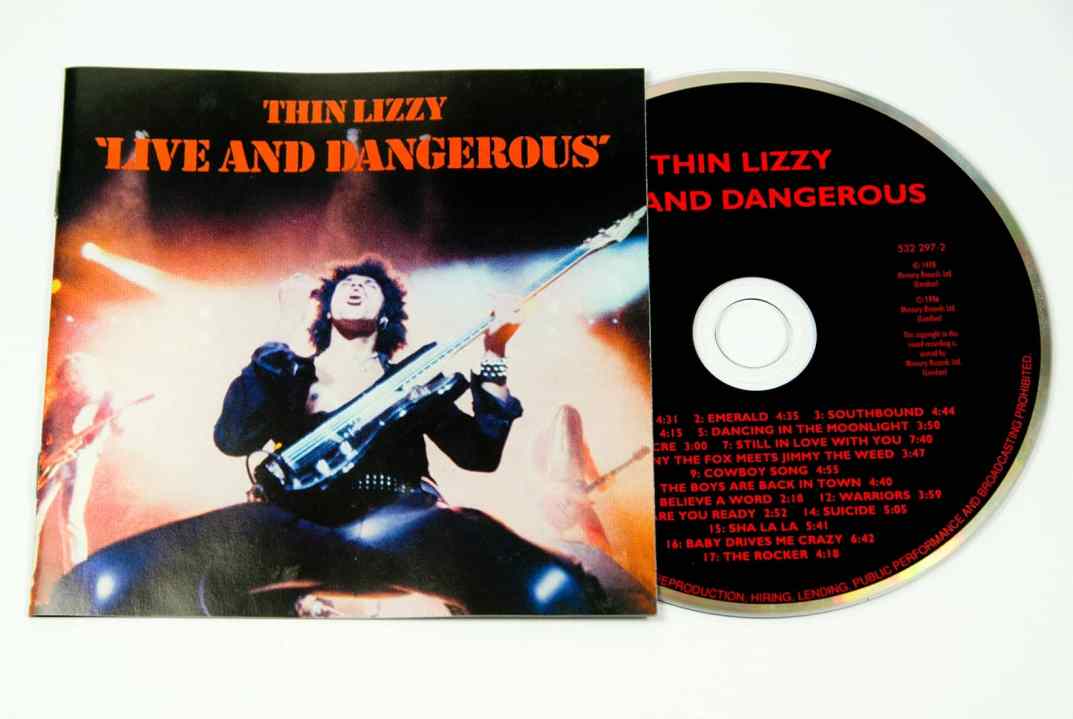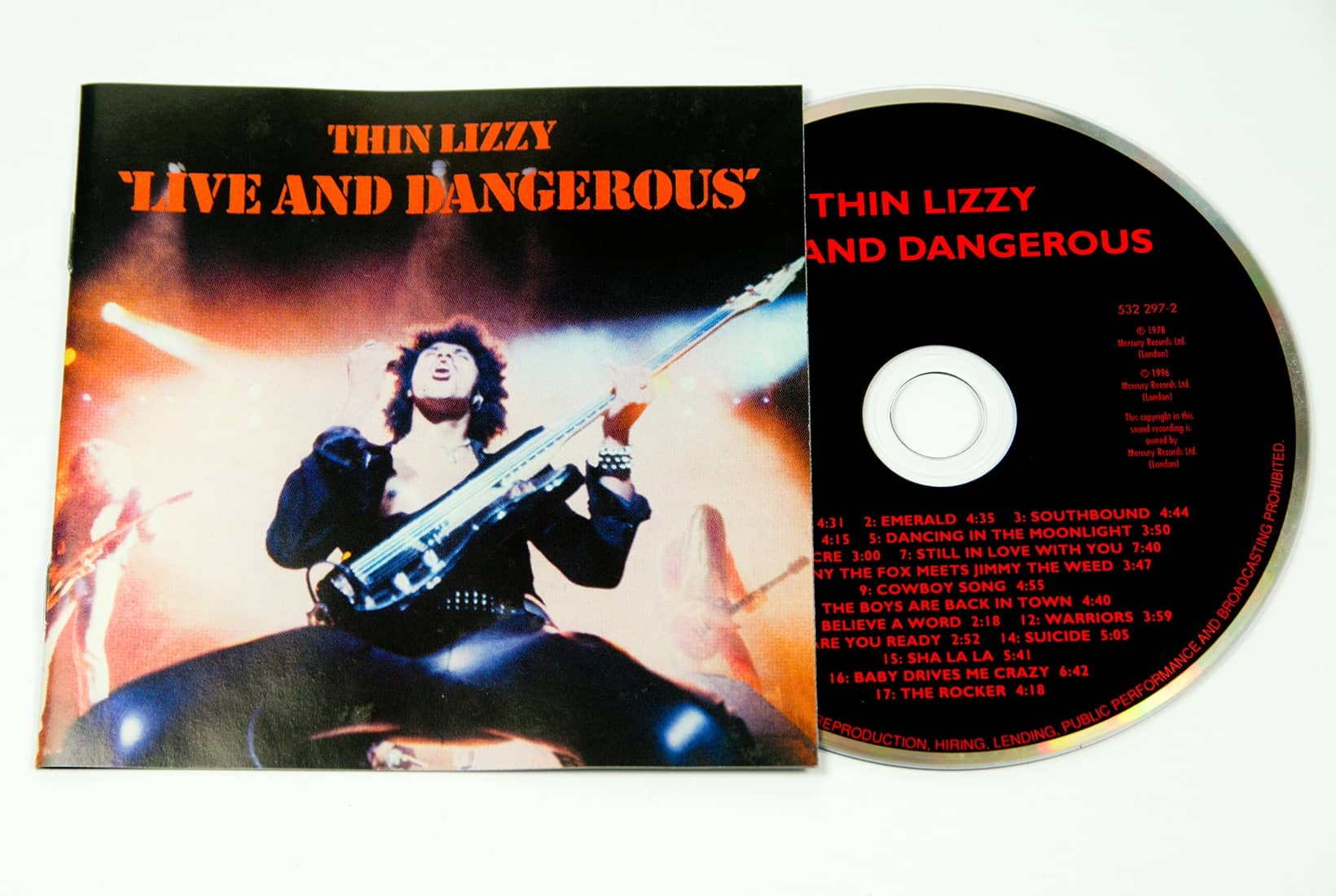Next week The The release The Comeback Special, a 24-track live album documenting the band’s concert at the Royal Albert Hall in June 2018. Meanwhile, Steely Dan’s last man standing, Donald Fagen, has just released two live albums recorded in 2019.
Their musical qualities notwithstanding, these releases feel like relics from a lost world. Much like the fondue set, the live album is much reduced from its 1970s and 1980s heyday, when a pretty blonde sideman-turned-solo artist called Peter Frampton could somehow shift eight million copies of the anodyne Frampton Comes Alive!
The stand-alone contemporary live album is now an endangered species; MTV’s Unplugged series in the 1990s offered a final down-home twist on the format. These days, in-concert releases tend to be ancient archival recordings, or else bundled into ‘deluxe’ versions of endlessly repackaged old studio albums.
On Live at Leeds, The Who slashed and burned in a way they never quite managed in the studio
The reasons for their decline are obvious. The prevailing genres of our time — pop, hip hop, R&B and their derivatives — are not particularly live-orientated mediums. Modern listening habits skew towards either the immediate now or the long-ago past. Recent history rolls into the deep ditch between the two; preserving it as a physical document seems oddly superfluous. Technology has played its part. Back when a live performance required our physical attendance, live albums (and their loveable bastard offspring, the bootleg) opened a window into an otherwise inaccessible world, transmitting magic from around the globe. Now, the concert experience is porous; it has leached out into the ether. Smartphones and social media have led to an online glut of shaky hand-held audience footage of your favourite band playing your favourite song right now. It looks like progress, but sounds like a spell breaking.
The combination has more or less done for these once-big beasts of the industry ecosystem.









Comments
Join the debate for just £1 a month
Be part of the conversation with other Spectator readers by getting your first three months for £3.
UNLOCK ACCESS Just £1 a monthAlready a subscriber? Log in